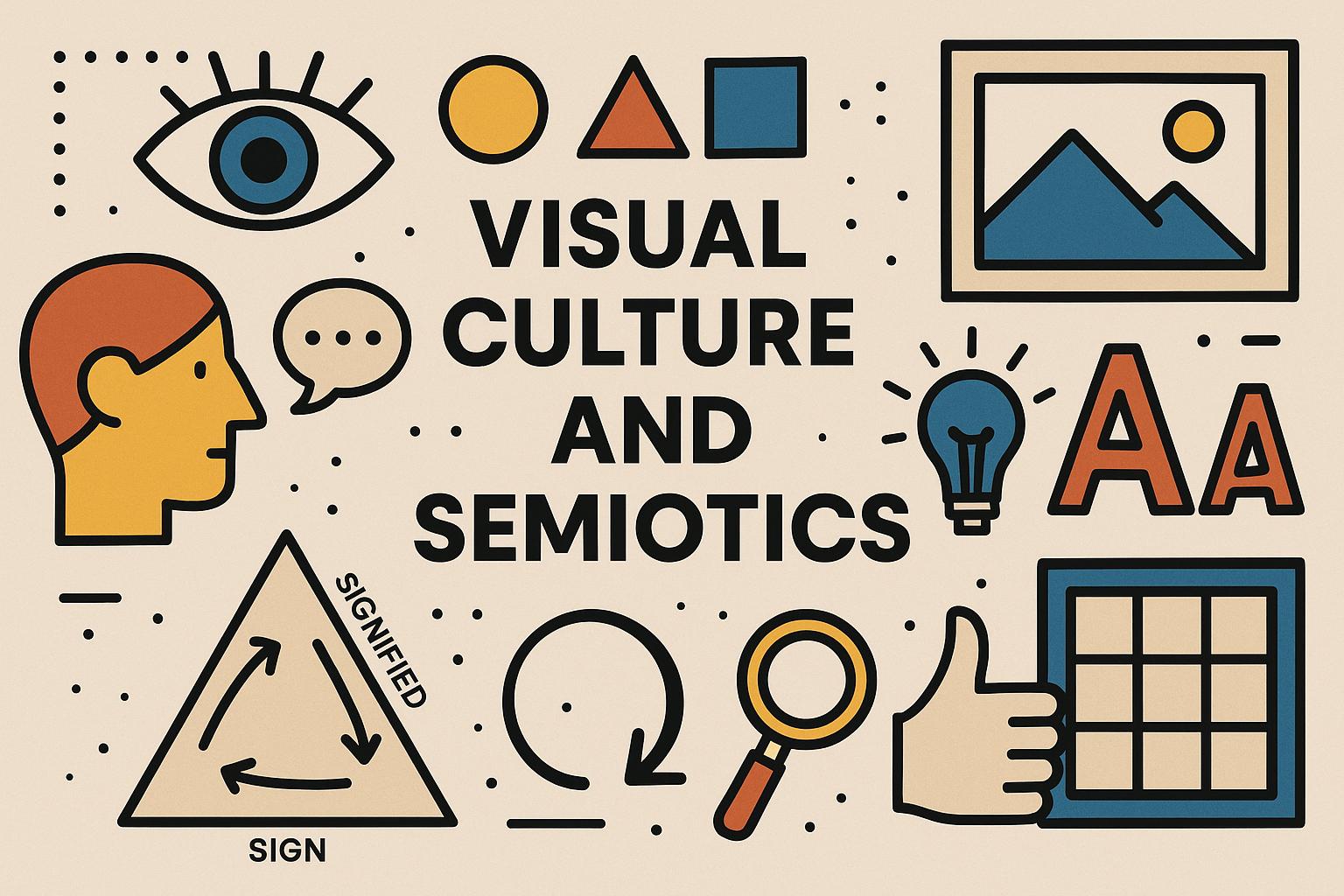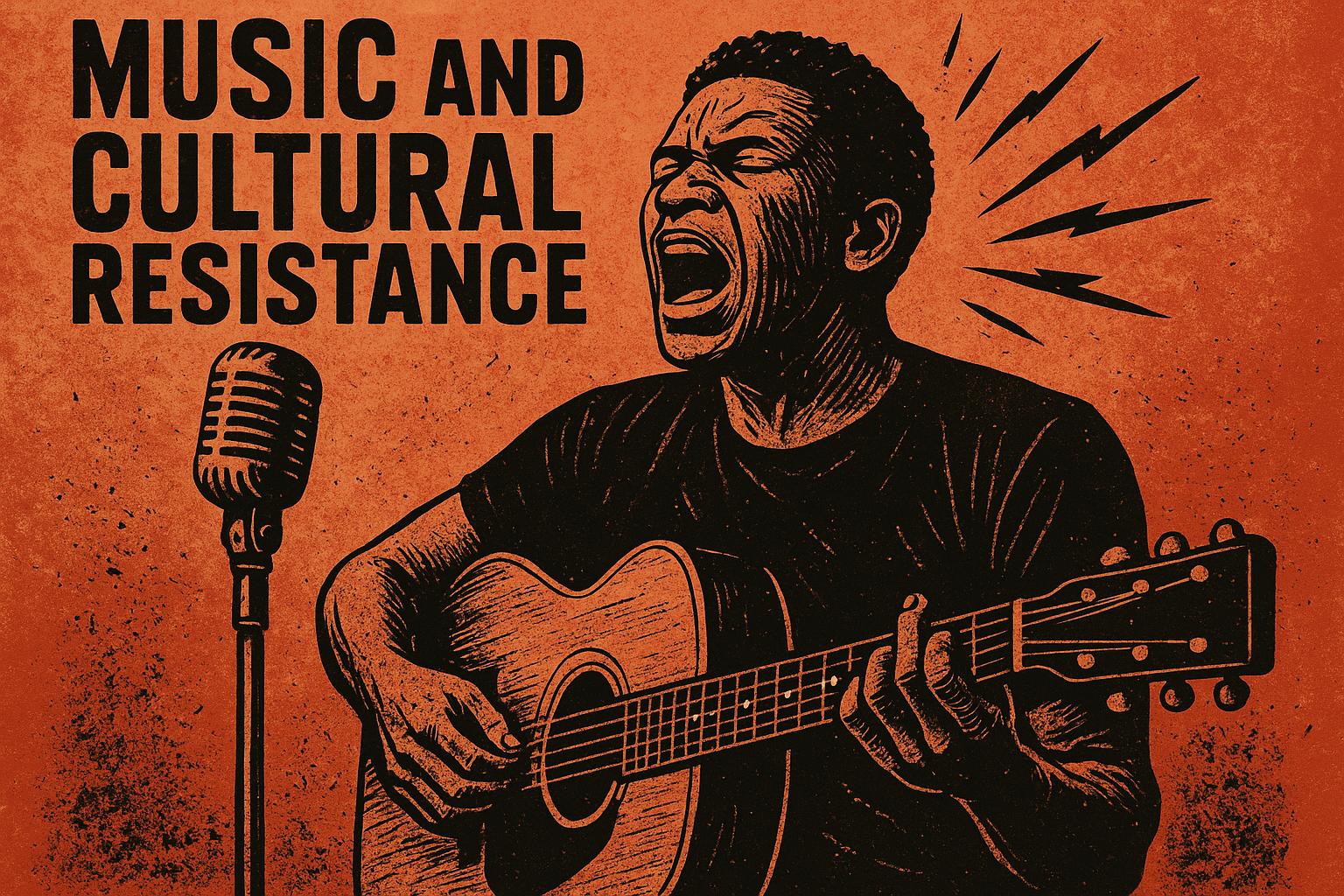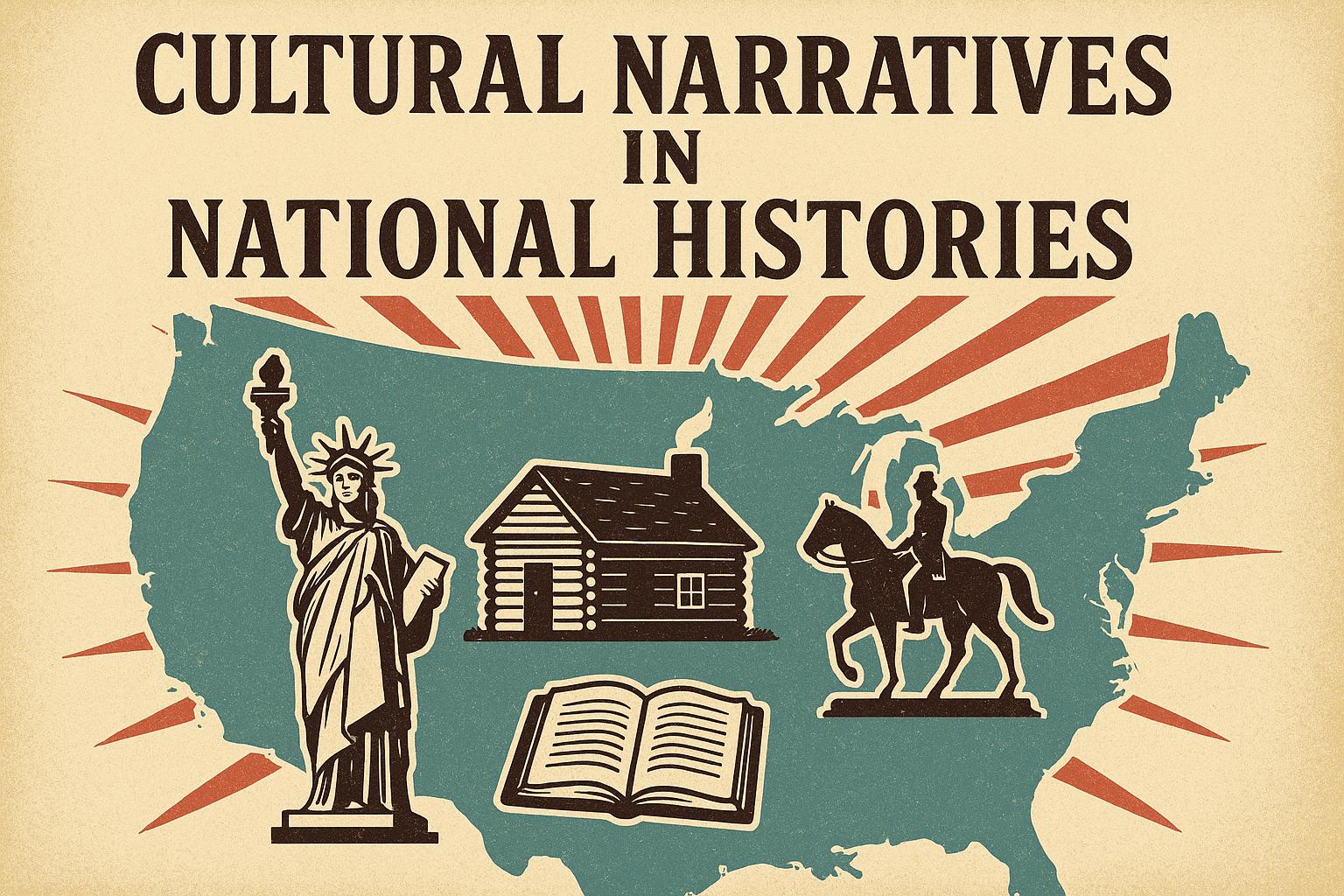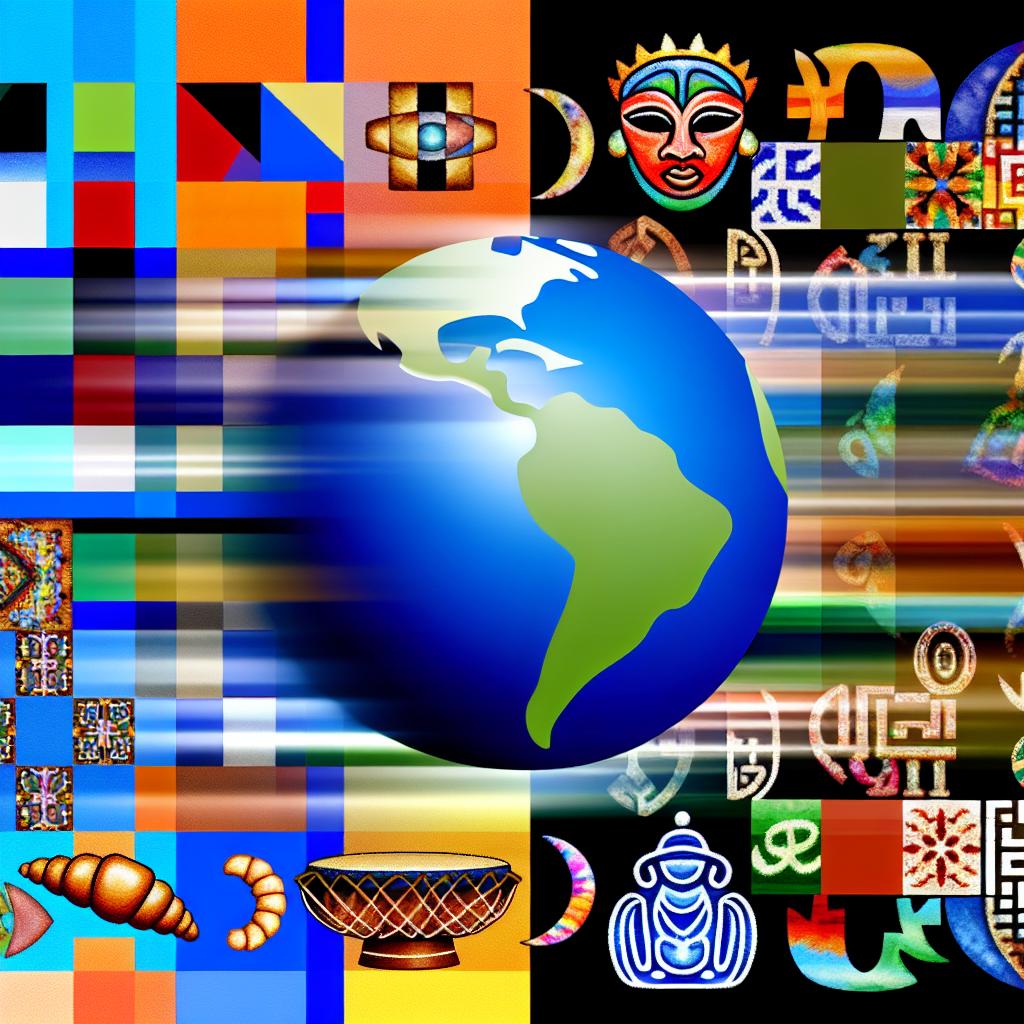Introduction to Visual Culture
Visual culture encompasses the aspects of culture that rely on visual images. It is a field of study that examines how images in art, media, and other formats contribute to the way humans interpret the world. Visual culture explores the role of both high art and low culture images from various media, contemplating their impact on societal norms and individual perception.
Semiotics and Its Role
Semiotics, the study of signs and symbols as elements of communicative behavior, plays a crucial role in understanding visual culture. It investigates how meanings are constructed and understood through visual representations. Within semiotics, a sign is anything that conveys meaning, which can be in the form of words, images, smells, tastes, textures, and sounds.
Elements of Semiotics
In semiotics, the sign is the core element. It consists of two parts: the signifier and the signified. The signifier is the form that the sign takes, such as an image, word, or sound, while the signified is the concept it represents. This relationship is central to understanding how meanings are interpreted and communicated.
semiotics is not limited to linguistics but extends across visual art, music, architecture, fashion, and various cultural phenomena. By deciphering a multiplicity of signifiers and signified relationships, individuals can grasp a deeper understanding of cultural messages conveyed through visual mediums. For instance, a photograph of a serene landscape not only depicts a physical location but could also signify peace or solitude, depending on other elements within the image.
Visual Signifiers in Culture
In visual culture, signifiers might include colors, shapes, and compositions in an image. For instance, the color red can signify various meanings like danger, love, or power, depending on the cultural context. The significance placed on these visual cues can guide an observer’s understanding and emotional response to the images. Additionally, iconography— the study of the visual images and symbols within a culture—is deeply influenced by the cultural context.
When analyzing a piece of art, the subject matter, style, technique, and use of color must be interpreted to fully grasp its conveyed meanings. Consider the use of animals in art; a lion might symbolize bravery or dominance, shifting its meaning based on how it’s presented or the surrounding cultural narrative.
Interpreting Visual Signs
Understanding how signs are interpreted involves considering the cultural and social contexts in which they exist. The same visual sign may be interpreted differently across diverse cultures. For example, animals, gestures, or symbols may hold different meanings in different societies. For instance, a thumbs-up gesture represents a positive affirmation in Western cultures but can be offensive in others.
Through this lens, visual culture highlights the importance of cultural relativism, which argues that an individual’s beliefs and activities should be understood in terms of their own culture. As globalization continues to blur the lines between distinct cultures, semiotics helps in navigating these overlaps by offering tools to decode and interpret various signals unfamiliar to the onlooker.
Influence of Visual Culture and Semiotics
Visual culture and semiotics significantly influence art, advertisement, film, and digital media. They aid in unpacking the visual even further, providing insight into how imagery shapes consumer behavior, cultural norms, and societal values. Advertising, for instance, often uses visual semiotics to create a particular image for a brand, eliciting specific consumer reactions.
Consider how brands use semiotic principles to communicate their ethos. Luxury brands might employ imagery that signifies exclusivity and prestige, often integrating classical art references or minimalist design to evoke a sense of sophistication. Meanwhile, brands targeting younger audiences might use bright colors and dynamic compositions to convey energy and innovation.
Cultural Impact
Visual culture has the power to reflect and shape societal values and beliefs. Images disseminated through media can reinforce stereotypes, challenge norms, or provide new perspectives. The analysis of visual culture and semiotics allows for a deeper understanding of these dynamics and their implications.
With the prevalence and accessibility of digital media, visual culture has become an integral part of how societies interact. Memes, viral videos, and photos are more than entertainment; they carry ideological messages and have the potential to influence public opinion and societal change. For instance, a photograph or video capturing a social issue can quickly spread across the globe, raising awareness, sparking conversations, or inciting activism.
The ability of images to evoke immediate responses can be both beneficial and problematic. Visual culture can democratize information, making it accessible quickly and widely. However, it can also perpetuate misinformation and stereotypes when imagery is used without critical analysis. Semiotics, therefore, becomes a tool for navigating this landscape, enabling individuals to dissect the values and assumptions behind the images they consume.
Conclusion
The fields of visual culture and semiotics provide crucial frameworks for analyzing and understanding the role of imagery and symbolism in society. By studying these areas, we can gain insights into how visual elements communicate complex meanings and influence human perception and behavior. Through such examinations, we uncover the profound effect of visual media on both individual and collective experiences.
As societies become more visually driven, the significance of visual culture and semiotics continues to grow. They not only aid in understanding communication across diverse media but also invite us to reflect on the power of images in shaping realities and ideologies. This understanding empowers individuals to engage with visual media more critically, fostering a more nuanced and informed interaction with the world. By recognizing and decoding the hidden messages in visual culture, we can better navigate an increasingly complex media landscape and foster a more informed and culturally sensitive global community.



